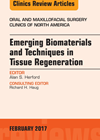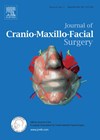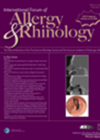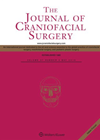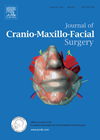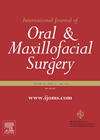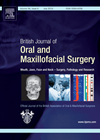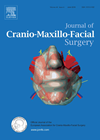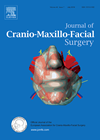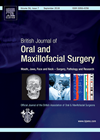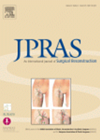
Journal Reviews
Tissue engineered flaps
This article provides a thorough summary of the current techniques available in head and neck reconstruction. It details the challenge of restoration of form and function posed by the shape of the craniofacial skeleton and soft tissue. The introduction on...
Another paper advocating resection templates
Resection in the head and neck region leads to complex defects with significant impairment in function. Reconstruction is even more difficult and to improve the accuracy of both resection and reconstruction a number of aids are used. With the improved...
Sellar surgery – when to prepare for repair
Endoscopic sellar surgery, especially for adenomas, is a relatively safe, straightforward surgery with (mostly) reproducible results and few complications. One of the commonest complications is the creation of a CSF leak with the subsequent need for repair (there is usually...
Improving the temporal contour in reconstruction
A feature of the temporalis flap is the sunken contour left behind. This group from Japan present a variation for filling defects for which we would traditionally use a temporalis muscle containing. The laterally based peri-cranial flap they present uses...
Money saving using CAD-CAM in mandibular reconstruction
CAD-CAM (computer aided design and computer aided manufacturing) is an exciting field in the functional and accurate reconstruction of oral cavity defects. This is a prospective study from Italy based on data from 20 consecutive mandibular reconstructions from 2011 to...
Safe distances in the infratemporal fossa
This analysis from China involved 50 enhanced CT datasets to reconstruct the skull, internal carotid artery and the internal jugular vein. The anatomical routes of these vessels were related to the styloid process, height of the pterygoid plates, distance from...
Fingernail for orbital floor reconstruction
Orbital damage is common in maxillofacial injuries and about half of them result in damage to the orbital floor. Suitable material that could be used for repairing the orbital floor includes autografts, allografts and alloplastic materials. The disadvantage of using...
Do implants assist rehabilitation following mandibular reconstruction?
When undertaking mandibular reconstruction, optimal function and aesthetic rehabilitation is the goal. There is no doubt that patients consider chewing, swallowing and speech to be of paramount importance. Following surgery, suboptimal rehabilitation leads to a fall in quality of life...
Facial reconstruction with polyethylene implants
Planning reconstructive surgery for complex craniofacial defects challenges even the most experienced of surgeons. In most cases surgery is undertaken to improve anatomical functioning. However the anatomical structure of these regions is also critical to facial aesthetics and patient satisfaction...
A new free flap for the head and neck?
Reconstruction of major defects in the head and neck is usually an area where maxillofacial or plastic surgery colleagues come to assist, with consideration of the size and function any repair has to fulfil. Whilst the radial forearm free flap...
Semi dynamic reconstruction of the lower lip
The main goal of reconstructive surgery for facial paralysis is the restoration of smiling and function of eye closure. The deformity of the lower lip in paralysis is ptosis of the corner of the mouth, eversion of the vermillion and...
A new flap for the perinasal region
Perinasal defects are most commonly caused by tumour extirpation or trauma. There are a number of methods to reconstruct the defect, and the method chosen depends on the size of the defect and other patient considerations. When the defect is...

